
The Tipsy Nipper T.66 is an aerobatic light aircraft, developed in 1952 by Ernest Oscar Tips of Avions Fairey at Gosselies in Belgium. It was designed to be easy to fly, cheap to buy and cheap to maintain. It was designed for both factory production and homebuild. "Nipper" was the nickname of Ernest Tips' first grandchild.
Avions Fairey was the Belgian-based subsidiary of the British Fairey Aviation that built aircraft for the Belgian government. It subsequently separated from the UK parent and became SONACA.

The Avions Fairey Junior, also known as the Tipsy Junior was a single-seat light aircraft built in Belgium following World War II.
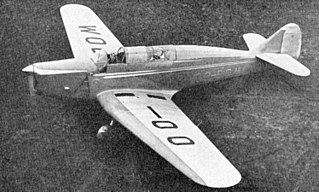
The Fairey Primer was a production version of the Avions Fairey Tipsy M tandem seat single-engined basic trainer. Two production aircraft were completed in the late 1940s.

The Tipsy B was a small sports two-seat monoplane designed by Ernest Oscar Tips, and built in both Belgium and the UK. A total of 42 was built, and a few are still flying.
The Gordon Dove was a British low powered, low wing single seat monoplane, built for the ultralight sports market in competition with aircraft like the Belgian designed Tipsy S. There was little enthusiasm for such machines in England in the late 1930s and only three were constructed.
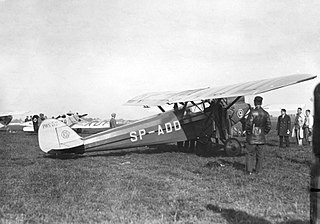
The PWS-52 was a Polish sports aircraft of 1930, a single-engine high-wing monoplane, constructed by the Podlaska Wytwórnia Samolotów (PWS), that remained a prototype.
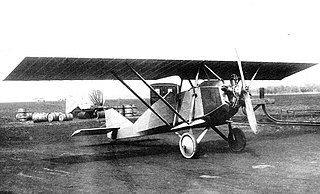
The PWS 3 was a Polish sport aircraft, developed in 1927 by PWS, which remained a prototype.
Ernest Oscar Tips was a Belgian aircraft designer. He co-founded the Fairey Aviation Company in 1915 and its Belgian subsidiary Avions Fairey in 1931.

The Gribovsky G-22 was a low powered, single seat sports cantilever monoplane, designed and built in the USSR in the mid-1930s. It set at least one class record and flew from 1936 to at least 1940, though only one was completed.
The Gribovsky G-26 was a single seat sports aircraft designed for high performance in the USSR in the later 1930s. Only one was built.

The Potez 31 was a prototype French two-seat night fighter, flown in about 1928, intended to fill the Cn.2 specification for the Armee de l'Air. Only one was built.
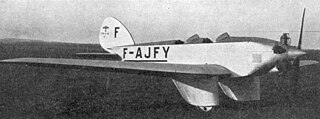
The Albert A-60 was a single engine, two seat, wooden sports monoplane designed and built in France in the early 1930s. Two were built and flown with three different engines.
The Avia 60-MP was a French motor glider with a wing based on that of the Avia 32-E, an advanced training glider. It was intended as both an advanced trainer and as an atmospheric research aircraft.
The Morane-Saulnier MS.300 and MS.301 were French parasol wing introductory trainer aircraft, first flown in 1930. They differed only in engine type. Neither reached production but were developed into two similar trainers, the MS.230 and MS.315, which were made in large numbers.

The SABCA Demonty-Poncelet monoplane, Demonty-Poncelet limousine or SABCA-DP was a Belgian light aircraft first flown in 1924. It had two comfortable side-by side seats in a glazed cabin. Though it had competition successes in 1924 and 1925, it did not go into production.
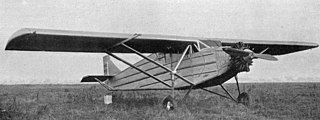
The Aviaméta 92 was a French, all-metal, five seat monoplane built in the late 1920s. Three different engines were fitted, and one example flew the first non-stop Paris-Algiers flight in preparation for an abandoned trans-Atlantic attempt.
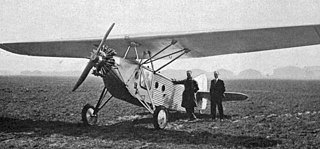
The Hanriot H.46 Styx was a French, single-engined, parasol wing aircraft which could equally be configured for training, liaison or ambulance roles; in the latter form it was able to accept a patient on a stretcher. Several different engines were fitted and flown but the type did not reach production.

The Medwecki and Nowakowski M.N.5 was an economical Polish trainer aircraft initially aimed at the club market, though there was also some military interest. It performed well but lacked a constructor after Samolot became insolvent in 1930, so only one was completed.
The Ścibor-Rylski ŚR-3 was a Polish, ultralight, low power, single-seat sports aircraft. First flown in August 1939, only one was completed before World War II.













